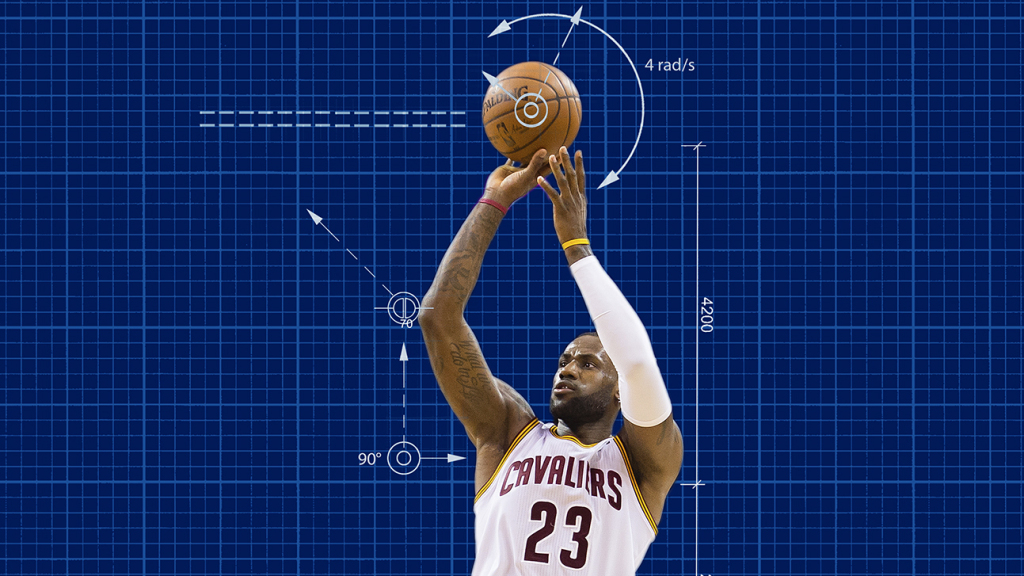How Sports Analytics Rose To Become The Game Changer
Traditionally, the acquisition and analysis of data has mainly been applied in commercial environments. Modern technology has however enabled professional teams to start making use of sports analytics. Coaches are now collecting and analyzing vast amounts of data as they seek better strategies to stay ahead of the competition.
Data from wearable gadgets can provide real-time stats on each player. By observing things like heart rate, acceleration and exertion levels, teams could improve their ability to detect, track and prevent injuries. Advanced analytics tools even provide the ability to pinpoint causes of poor performance like lack of sleep. Besides tracking performance, the devices could help teams lower their insurance and medical costs.
To win games, teams need to utilize their own strengths in overcoming their opponents. The predictability of sports is what helps coaches understand its unquantifiable elements. And these can be picked by studying video footage from past matches and analyzing the other team’s stats. When properly used, such a dynamic approach could help most teams dominate their respective fields.
Analytics tools have enabled coaches to improve their teams while using fewer resources. Thanks to stats and modeling, it becomes easy to pick vital role players at lower costs while discarding high-maintenance individuals who perform dismally. Even the smaller teams are now becoming more competitive; better comparison techniques have facilitated the recruitment of players who can positively impact the entity’s bottom line. In a nutshell, coaches are able to fix inefficiencies and take advantage of undervalued positions in a bid to optimize their roster.
Besides helping clubs improve performance, the wealth of statistics is also improving how fans enjoy the action. As a result, more teams are now using various tactics to engage fans based on their participation and enthusiasm. Social media platforms are now facilitating interaction between players and fans. And as digital media continues to erode stadium attendance figures, improving the fans’ experience will only become more crucial.
In spite of the mass influx of data analytics, challenges still crop up when it comes to optimal utilization of available resources. Perhaps the biggest hurdle faced by sports entities is the friction between IT personnel and other staff members. The value of information can only be extracted via proper communication. It would thus help if each party learns to communicate effectively and make proper use of available technology.
The use of analytics in professional sport is still in its infancy. Still, the trend will continue to evolve. Because data acquisition and analysis has hugely grown in importance, improvements will be seen as time goes by. In future, breakthroughs might be witnessed in key areas, such as predicting response behavior.
Previously, coaches have mostly relied on intuition in the development of success strategies. But as more empirical concepts continue to gain acceptance, huge evolutionary shifts can be expected in sports. And this will be fuelled even further as historical barriers to effective communication continue to break down.
If you are looking for the facts about sports analytics, come to our web pages

